Pollination And Chill Keep Berries Rolling Throughout The Winter
The summer berry season is almost over. For the urban gardener, saying goodbye to fresh raspberries from the balcony or patio is bittersweet. But did you know it’s possible to move a container-grown berry-producing plant indoors or to a greenhouse throughout the winter for continued harvests?
The key is to mimic Mother Nature. Most outdoor plants have an ingrained clock that tells them when to have a nap; they need a dormant or chill time to rest and essentially re-group. This syncs with bees and other pollinators who hibernate during colder months. The number of “chill hours” and how the plant is pollinated will determine a successful indoor berry crop.
With a bit of planning and effort, it’s possible to enjoy a freshly harvested fruit salad of blueberries, strawberries, goji, mulberries, or raspberries as part of a New Year’s Day brunch.
Blueberries
Blueberry plants, depending on variety, need between 21-41 days of 5-7°C temperatures to flower and produce fruit. Keeping the plant outside and letting it go dormant during the cool days and nights of early to mid-fall and then acclimatizing it to a steady 15-20°C should produce flowers and fresh blueberries.
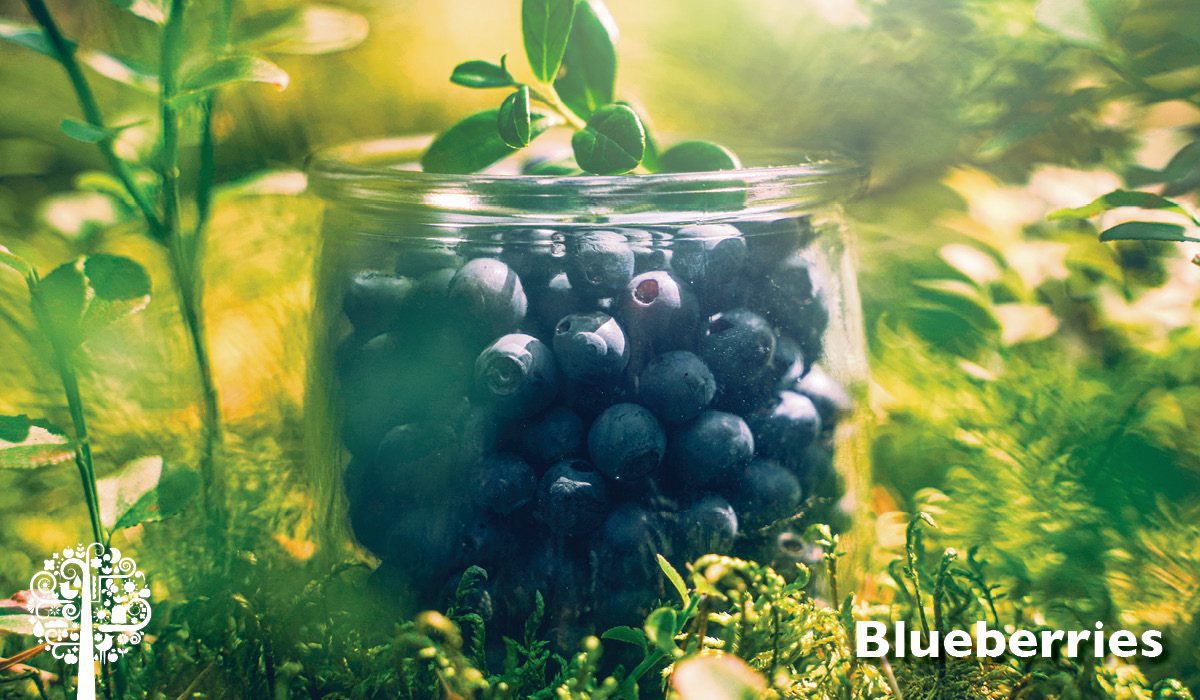
Dwarf blueberry bushes are ideal for an indoor space, especially if they have a buddy. Although technically self-pollinating, the yield won’t be as large if they struggle along independently. To aid in cross-pollination, use a handheld hair dryer on a low (no heat) setting and blow air over the two friends; this acts like wind and enhances pollination.
Goji Berries
Goji berries are great for indoors. Packed with more iron than spinach and more Vitamin C than oranges, they are self-pollinating. A bit of shade won’t hurt them, but they prefer a lot of light and warmth to do their job well. They don’t require any chill hours to produce fruit—possibly making them the most ideal of indoor berry plants.
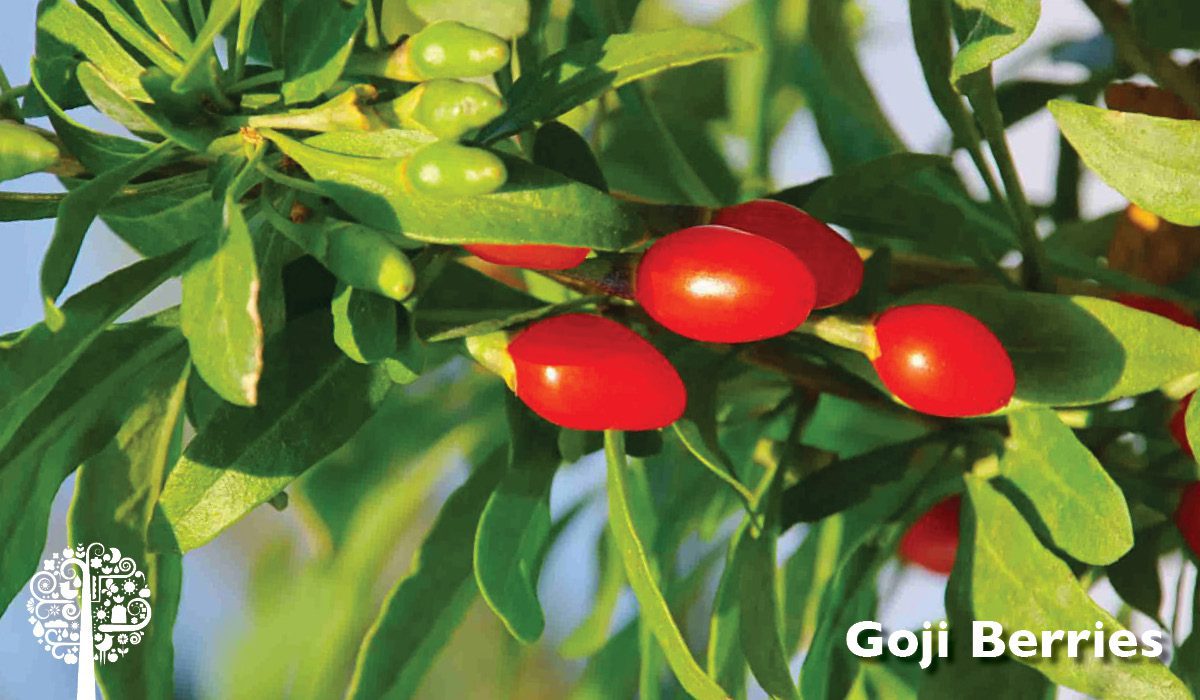
Strawberries
There’s nothing more delicious than a ripe, juicy strawberry. How long a strawberry plant needs to chill has been extensively studied. The answer depends upon variety. The day-neutral ‘Albion’ needs 10-18 days between 5-7°C, while the cultivator ‘Chandler’ needs less than seven.
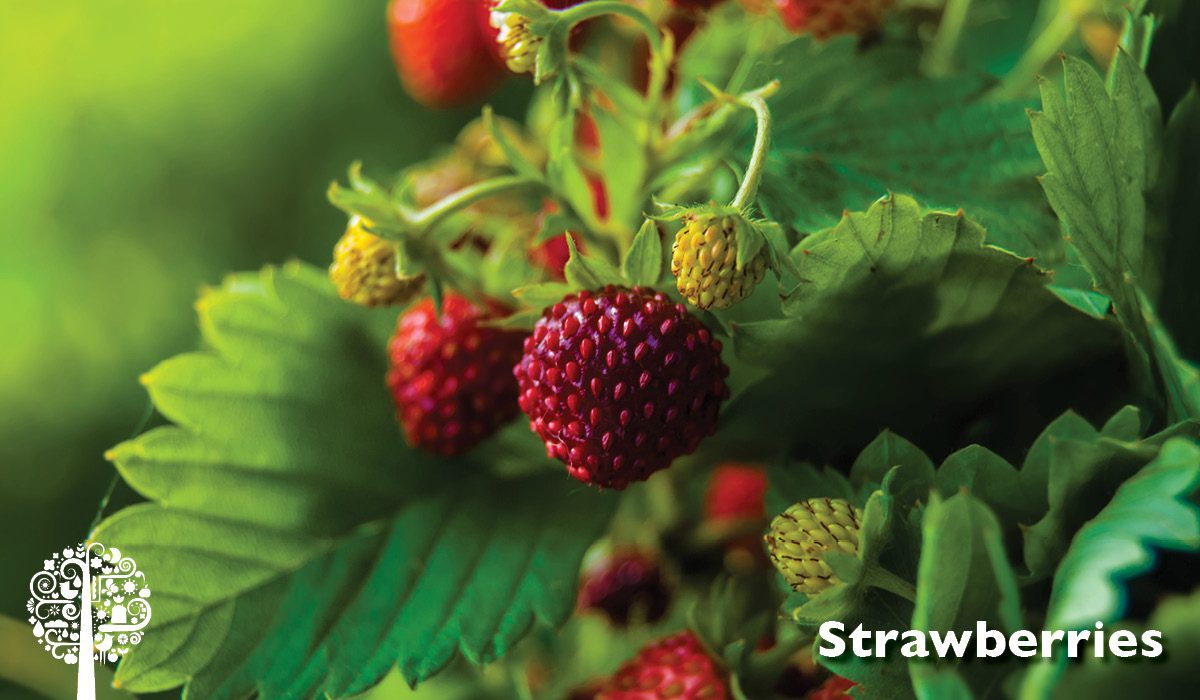
It’s essential to know the variety of your plant, as each is a bit different.
Keeping the plant outdoors through to mid-late fall and then warming it to an optimal 15-20°C is, again, the best way to duplicate the work of Mother Nature.
Self-pollinating strawberries will need a helping hand. When the plant produces a white flower, use a Q Tip or any other soft tip utensil, and brush the yellow pollen produced by the stamen over the center part of the plant – the pistil. In a couple of days, the leaves on the flower should start to turn brown and eventually drop off; this is excellent news as it means pollination was successful, and a delicious strawberry is on its way.
Mulberries
Everbearing mulberry bushes will, under the right conditions, produce fruit all year. Dwarf varieties are good additions to an indoor berry patch. They don’t require a friend to cross-pollinate, but the hairdryer method will again be helpful to their self-pollinating habit. Mulberries need only 400 hours of chill and have few pests or root issues.
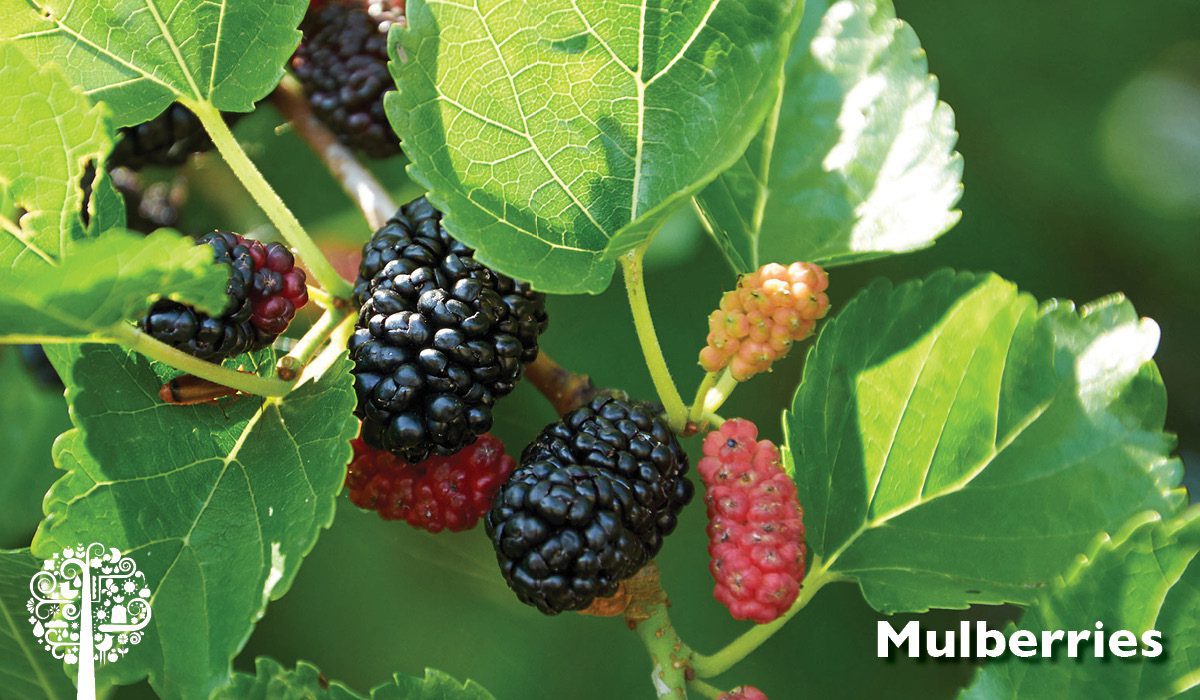
Raspberries
Raspberries also require cold but at a slightly higher temperature than other berry-producing plants. They’re happy with around 33 days at 10°C. They will also need assistance to pollinate successfully. Using the same method as with the strawberry plant, brush the stamen and pistil.
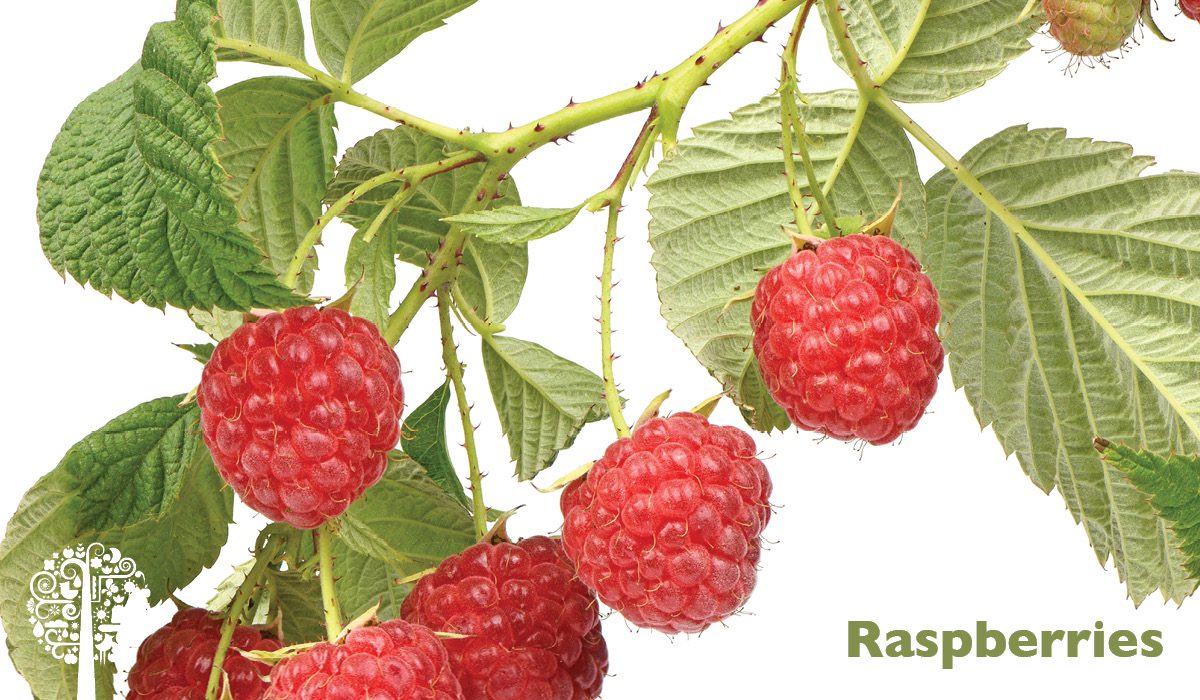
Like all berry plants, raspberries need at least 6-10 hours of light, good soil, and a well-draining reasonably sized container (slightly larger than the root ball) to thrive. An LED grow light can also substitute for natural light. Mimicking Mother Nature may seem a lot of effort, but well worth the fresh harvest of organically grown berries in the middle of winter.




